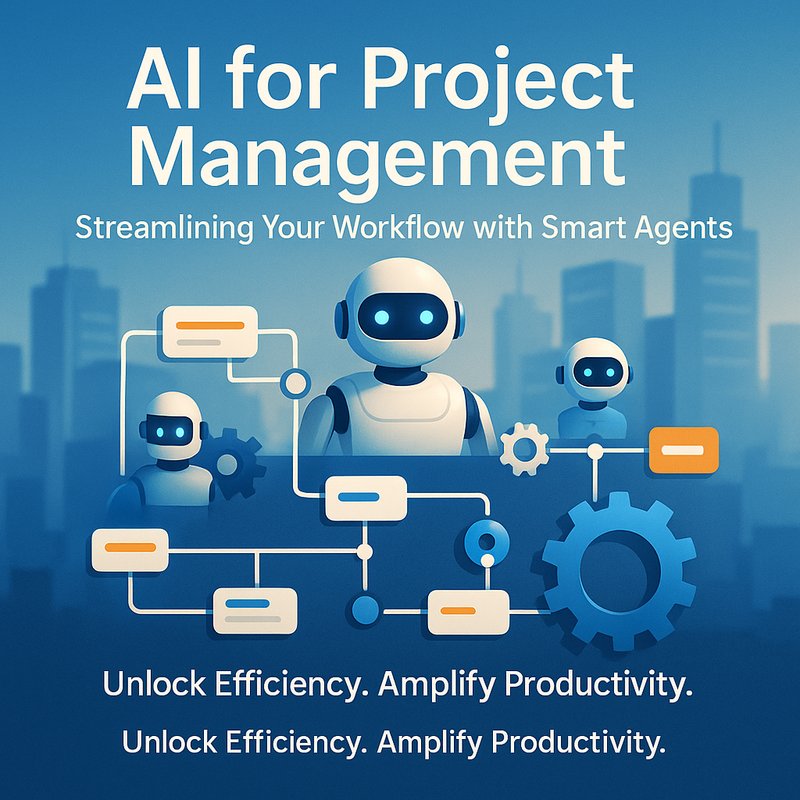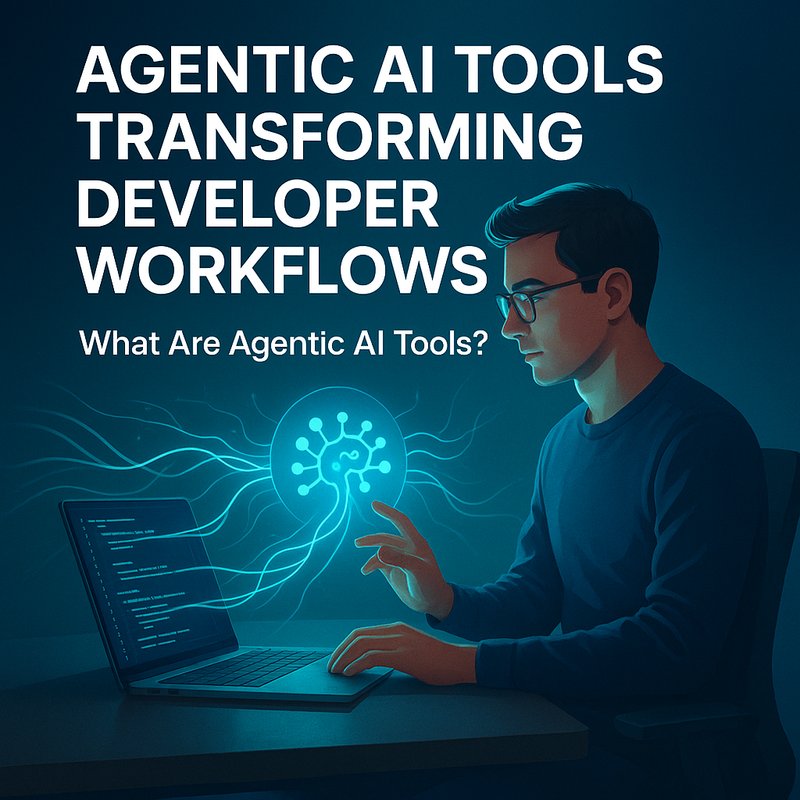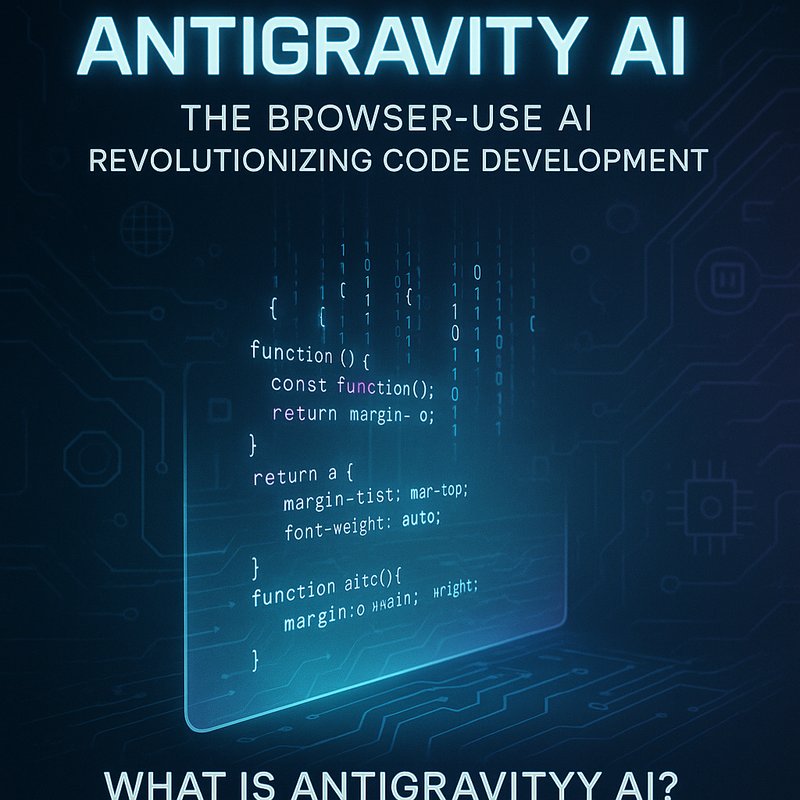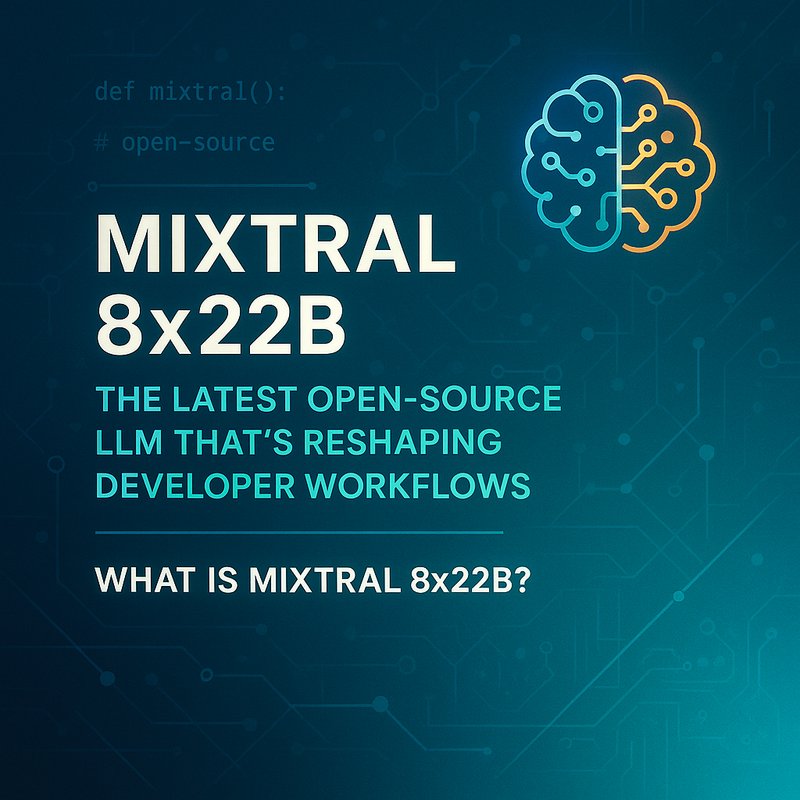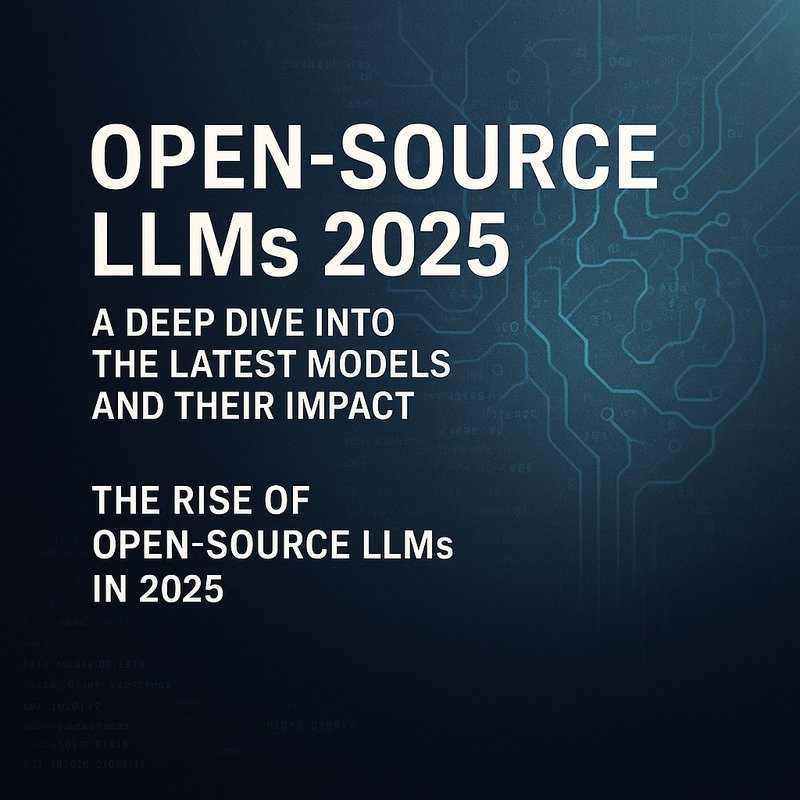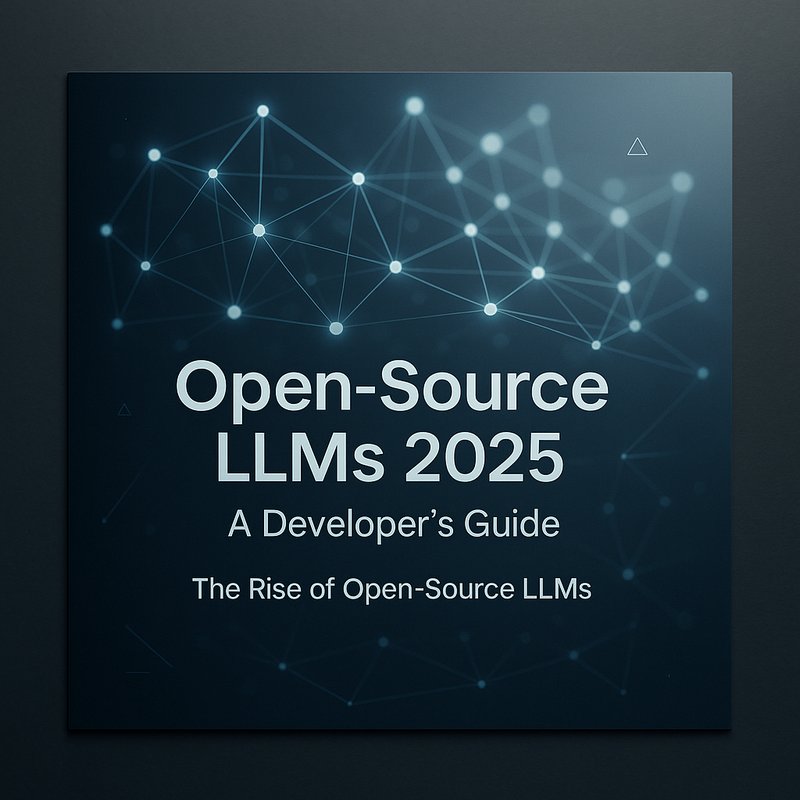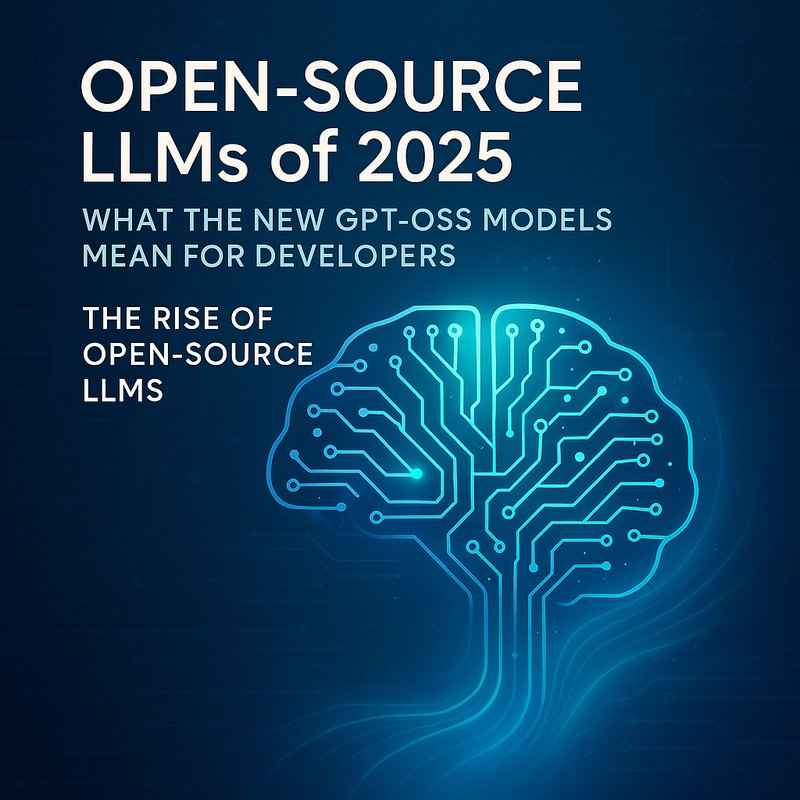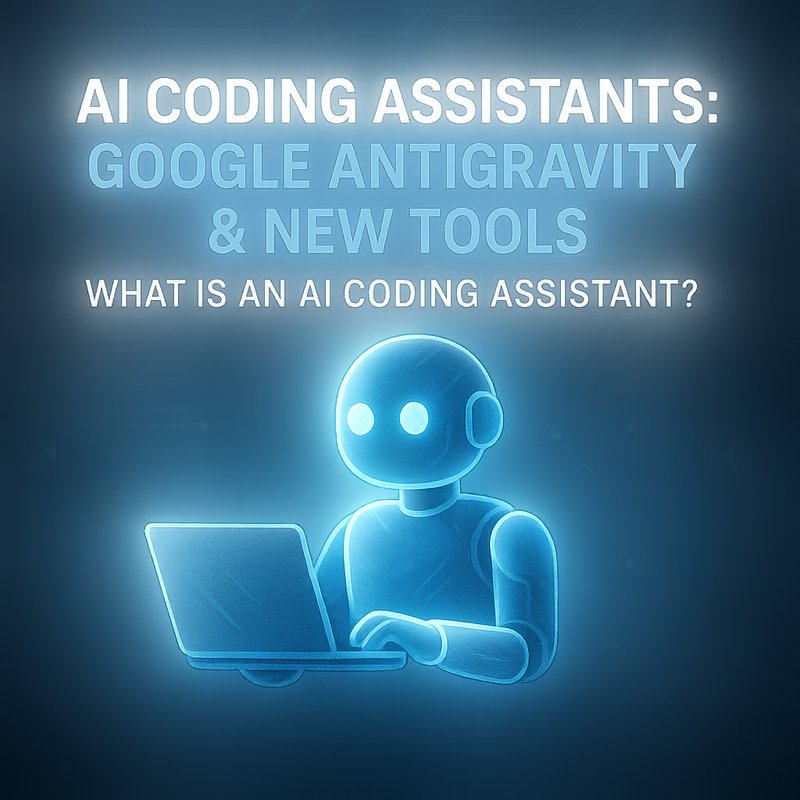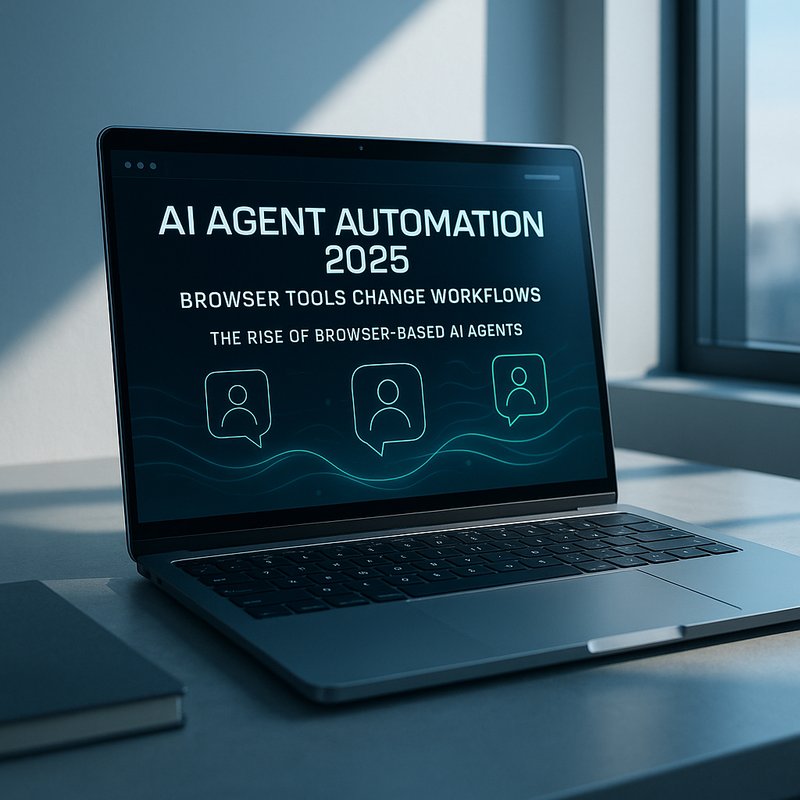Project managers juggle endless tasks—backlog grooming, sprint planning, risk checks, resource juggling, status updates. It’s easy to feel swamped. What if AI could take over routine chores, spot issues early, and even draft your reports? With Neura AI’s RDA Agents and Router tools, that scenario is within reach. Let’s explore how AI can transform project management so you focus on strategy and team morale.
Why Project Management Needs AI
Managing projects involves a mix of repetitive tasks and critical decisions. Traditional PM tools (Atlassian Jira, Trello, Asana) help, but they still demand manual input for:
- Sorting and prioritizing backlog items
- Estimating task effort and timelines
- Tracking risks and dependencies
- Generating progress reports
- Facilitating stand-ups and retrospective notes
I’ve noticed teams spend up to 50% of their time on these chores. The catch? Those hours could be better spent coaching team members, removing blockers, or refining product vision. Enter AI.
Automated Backlog Management
Keeping a clean, well-prioritized backlog is the foundation for successful sprints. Yet backlog grooming often feels like a never-ending to-do list.
Smart Issue Tagging and Prioritization
Neura Task Management Agents can connect to Jira (https://www.atlassian.com/software/jira), Trello, or Asana via API. When new issues or cards pop up, the AI will:
- Scan summaries and descriptions for keywords
- Tag items by feature area, urgency, or stakeholder
- Suggest priority levels based on past delivery data
For example, if a bug report mentions “payment failure” and “VIP client,” the AI tags it as high priority. No more manual triage meetings that drag on.
Effort Estimation Recommendations
Estimating effort is tough. Developers often underestimate or overestimate tasks. Neura Router can call an OpenAI model (https://openai.com/) fine-tuned on your historical Jira data. It’ll suggest story points or hours, along with a confidence score. You review, adjust, and move on.
Sprint Planning with AI-Driven Insights
Sprint planning can be a grind, especially when you’re juggling team capacity and deadline pressures.
Capacity Forecasting
Neura AI’s Document Analysis Agents review timesheet entries, vacation calendars, and past sprint velocity. They’ll forecast how much work your team can pull next sprint. It feels like having a digital scrum master whispering, “You can commit to around 25 story points this week.”
Dependency Detection
Big projects come with hidden dependencies. AI can scan issue links, code repositories (https://github.com), and design docs to spot dependencies you might miss. When a backend API update is needed before a UI ticket can start, the AI flags it.
Risk Monitoring and Issue Escalation
Risks evolve over time. Waiting for status meetings means you may already be in trouble.
Real-Time Risk Alerts
Neura Contextual Assistance Agents watch issue comments and commit messages for risk signals—“breaks production,” “can’t reproduce,” “customer complaint.” When a critical risk appears, the AI pings you in Slack or Microsoft Teams.
“Risk Alert: Task #4723 shows a merge conflict in critical module. Assigned devs are on leave next week.”
You can click to assign a backup or reprioritize right from chat.
Automated Risk Logs
Creating and maintaining a risk register is tedious. Neura Document Analysis can build one automatically by extracting risk statements from emails, meeting transcripts (via Neura TSB transcription), and support tickets. You get a living document of concerns and mitigation plans.
Resource Allocation and Budget Tracking
Balancing resources and budget is a delicate act. Overallocate and you burn out the team; underallocate and deadlines slip.
Dynamic Resource Planner
Neura Task Management Agents integrate with your HR or time-tracking system. They know who is free, who’s bench-marked, and who’s fully booked. When you assign work, the AI warns if someone is at 110% or suggests pulling in a contractor from your bench.
Budget Consumption Dashboards
Connect Neura Router to your finance tool or spreadsheet. The AI tracks burn rate, flags budget overruns, and predicts end-of-project costs (similar to https://news.ycombinator.com discussions on lean startups). That way, you avoid surprises when the finance director asks for numbers.
Meeting Summaries and Follow-Ups
Let’s be honest—meetings can drain energy. But skipping them risks missing details.
AI-Generated Minutes
Neura TSB transcribes Zoom calls or Google Meet sessions. Then a Contextual Assistance Agent summarizes action items, decisions, and deadlines. The result? You spend seconds reviewing a concise summary instead of rereading a 30-minute transcript.
Follow-Up Reminders
Once notes are out, the AI schedules reminders for owners of action items. If “Alice to update API docs by Friday” isn’t done by Thursday, you get a nudge.
Stakeholder Reporting Made Easy
Crafting project status reports is laborious. You compile metrics, write narratives, then format slides.
Automated Report Drafts
Neura Artifacto can draft weekly or monthly status updates. Give it raw metrics—velocity charts, burn-down graphs, risk logs—and ask:
“Write a 200-word summary of sprint health and key blockers.”
It produces a crisp, on-brand paragraph. You polish, hit send.
Visual Dashboards
Neura Router Agents can feed your data into visualization tools like Tableau or Power BI. Then you share live dashboards with stakeholders. No more stale PDF slides.
Integrations You Already Use
The bottom line? AI should plug into your existing stack. Neura AI supports:
- Atlassian Jira, Confluence
- Trello, Asana, Monday.com
- GitHub, GitLab, Bitbucket
- Slack, Microsoft Teams
- Google Workspace (Docs, Sheets, Calendar)
- Email (via Neura ESA)
Setup takes minutes, and you pay as you go.
Getting Started with AI in Project Management
Rolling out AI doesn’t require a big bang. Here’s a simple approach:
- Identify the biggest time sink (grooming? reporting?).
- Pilot one AI agent (e.g., backlog triage).
- Measure impact: time saved, estimation accuracy, team satisfaction.
- Expand to sprint planning, risk alerts, and meeting summaries.
- Iterate and refine models with your data.
Neura AI’s ASAP model lets you scale from one agent to dozens. Focus on the wins, then grow.
Security and Data Privacy
Project data is sensitive. Here’s how Neura AI keeps it safe:
- End-to-end encryption (TLS, AES-256).
- Role-based access controls for each agent.
- Audit logs of all AI actions (exportable via Neura MGD).
- PII anonymization before model training.
- Compliance with GDPR (https://gdpr.eu) and CCPA.

Trust that magic happens without compromising confidentiality.
Conclusion
Project management doesn’t have to be a sea of spreadsheets and status meetings. With AI agents handling backlog grooming, sprint planning, risk alerts, meeting summaries, and stakeholder reports, you reclaim hours each week. Neura AI’s RDA and Router Agents plug into the tools you use every day—Jira, GitHub, Slack—so your team stays in flow. Start small, prove value, then watch productivity and morale climb.
